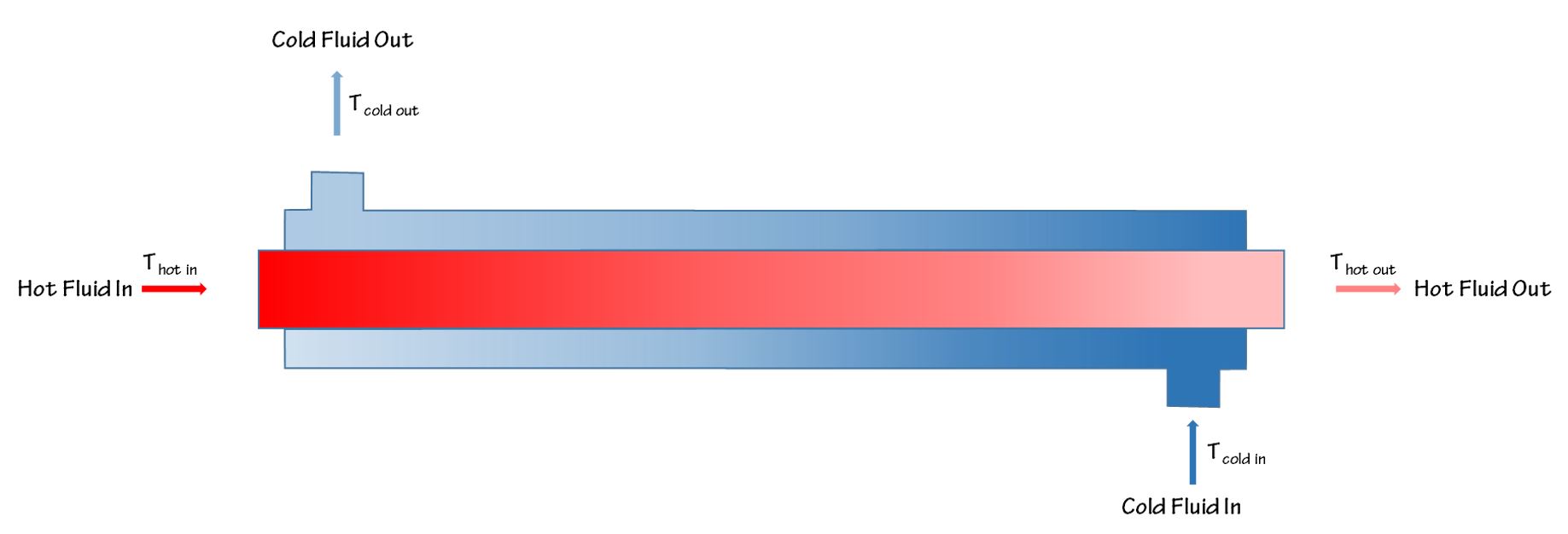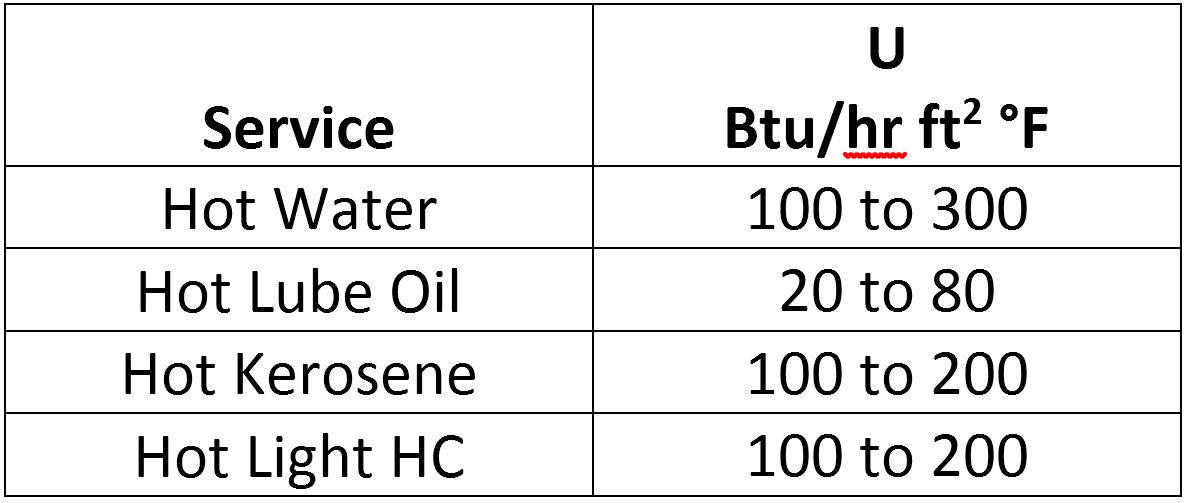Heat exchangers are often used in mechanical seal systems and piping plans to provide a cooler environment for the seal. In general, three types of heat exchangers are used:
- water cooled
- air cooled (natural draft)
- air cooled (forced draft).
The basic concept of a heat exchanger can be viewed as a tube with one fluid running through it and another fluid flowing by on the outside. This is the case whether the heat exchanger uses water or air for cooling although, of course, the actual exchangers are different in appearance.
In general, calculations are built around a simple equation:
Heat Transferred = U x A x LMTD
Where
U is the overall heat transfer coefficient
A is the heat transfer area of the exchanger
LMTD is the Log Mean Temperature Difference.
A complete heat transfer analysis includes the energy balance between process and cooling water flows. LMTD includes inlet and outlet temperatures of the process stream and cooling water. LMTD is a sort of “average” temperature difference between the process stream and cooling water. In some cases, the LMTD is very close to the average.
For estimating purposes, so called “handbook” values for U are often used. For example, U for a water-to-water heat exchanger might be 150 Btu/hr ft2 °F whereas the same exchanger used for oil-to-water heat transfer might have a U value of 50. Here are some examples of U values that can be used for purposes of estimating heat exchanger sizes.
The procedure for estimating an approximate heat exchanger design and size is:
- Estimate the “U” value
- Determine the LMTD necessary to achieve the desired temperature change
- Determine the heat transfer duty
- Calculate the necessary heat transfer area
For the majority of heat exchanger applications, the above procedure will provide a reasonable selection.
Pressure Drop
In general, pressure drop is roughly proportional to flow rate squared but also varies with viscosity. Each exchanger should have a base case pressure drop for reference.
Pressure drop inside tubing can be estimated using standard pipe calculations; however, coiled tubing produces a higher pressure drop than straight pipe.
In some exchangers, a “turbulator” is used to promote turbulent flow and improved heat transfer. The turbulator also causes an increase in pressure losses.
Pressure drop inside the shell of a water cooled exchanger is relatively low and is best estimated from empirical data.


